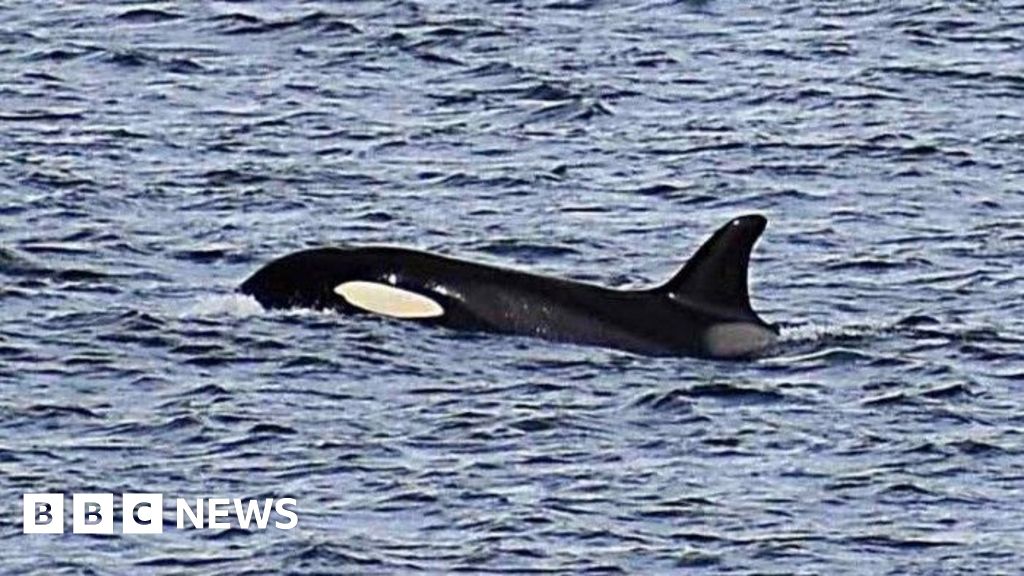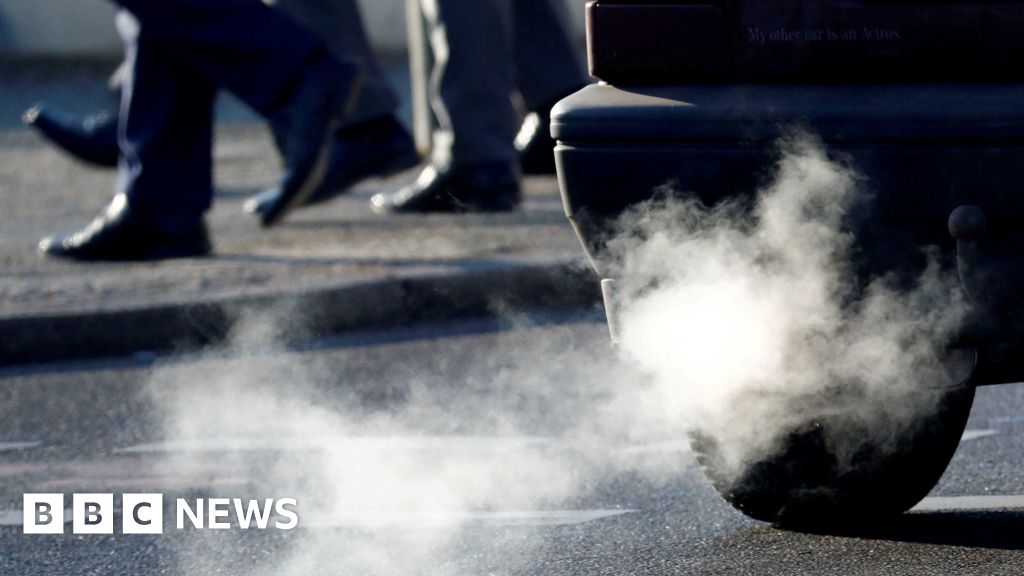- Life
Macron and Merz: Europe must arm itself in an unstable world
时间:2010-12-5 17:23:32 作者:Fintech 来源:Fact Check 查看: 评论:0内容摘要:A supporter of Yasmin Esquivel, who is running for election for the Mexican Supreme Court, holds a campaign pamphlet at her closing campaign rally in Mexico City, Wednesday, May 28, 2025. (AP Photo/Marco Ugarte)A supporter of Yasmin Esquivel, who is running for election for the Mexican Supreme Court, holds a campaign pamphlet at her closing campaign rally in Mexico City, Wednesday, May 28, 2025. (AP Photo/Marco Ugarte)
Depending on the species, color and size, Axolotl’s prices at— where Vergara works — start at 200 pesos ($10 US). Specimens are available for sale when they reach four inches in length and are easy pets to look after, Vergara said.

“While they regularly have a 15-years life span (in captivity), we’ve had animals that have lived up to 20,” he added. “They are very long-lived, though in their natural habitat they probably wouldn’t last more than three or four years.”The species on display at the museum — one of 17 known varieties in Mexico — is endemic to lakes and canals that are currently polluted. A healthy population of axolotl would likely struggle to feed or reproduce.“Just imagine the bottom of a canal in areas like Xochimilco, Tlahuac, Chalco, where there’s an enormous quantity of microbes,” Vergara said.

Under ideal conditions, an axolotl could heal itself from snake or heron biting and survive the dry season buried in the mud. But a proper aquatic environment is needed for that to happen.“Efforts to preserve axolotl go hand in hand with preserving the chinampas,” Cruz said at the museum, next to a display featuring salamander-shaped dolls. “We work closely with the community to convince them that this is an important space.”

Ancestral floating gardens are visible next to new soccer fields on Xochimilco Lake in Mexico City, Oct. 20, 2024. (AP Photo/Felix Marquez, File)
Ancestral floating gardens are visible next to new soccer fields on Xochimilco Lake in Mexico City, Oct. 20, 2024. (AP Photo/Felix Marquez, File)And just off U.S. 191 in southeastern Utah is a hub of the industry, Uranium Fuels’ White Mesa mill, the country’s only uranium mill still in operation.
These days, Moab is a desert tourism hot spot bustling with outdoor enthusiasts. But the town of 5,200 has a deeper history with uranium. Nods to Moab’s post-World War II mining heyday can been spotted around town — the Atomic Hair Salon isn’t just named for its blowout hairstyles.The biggest reminder is the Moab Uranium Mill Tailings Remedial Action project, a 480-acre (194-hectare) site just outside town. The decades-long, $1 billion U.S. Department of Energy effort to haul off toxic tailings that were leaching into the Colorado River upstream from the Grand Canyon and Lake Mead should wrap up within five more years.
That mill’s polluting legacy makes some Moab residents wary of restarting uranium mining and processing, especially after the Trump administration cut short their ability to weigh in on the Velvet-Wood mine plans.“This was a process I would have been involved in,” said Sarah Fields, director of the local group Uranium Watch. “They provided no opportunity for the public to say, ‘You need to look at this, you need to look at that.’”
- 最近更新
- 2025-07-07 10:07:07Video Duration 27 minutes 59 seconds play-arrow27:59
- 2025-07-07 10:07:07What are the risks from Israel and Iran’s nuclear capabilities?
- 2025-07-07 10:07:07‘The shelter was full’: Israelis confront unprecedented missile barrages
- 2025-07-07 10:07:07The US sponsored Iran’s 1953 regime change: Is Trump planning a repeat?
- 2025-07-07 10:07:07Trump hosts military parade as nationwide ‘No Kings’ protests denounce him
- 2025-07-07 10:07:07Video Duration 28 minutes 08 seconds play-arrow28:08
- 2025-07-07 10:07:07‘Not for you’: Israeli shelters exclude Palestinians as bombs rain down
- 2025-07-07 10:07:07Video Duration 25 minutes 00 seconds play-arrow25:00
- 热门排行
- 2025-07-07 10:07:07take advantage of catchup contributions
- 2025-07-07 10:07:07What’s the impact of the Israel-Iran conflict on oil prices?
- 2025-07-07 10:07:07How to build an emergency fund on any budget
- 2025-07-07 10:07:07What is Europe’s stance on the Israel-Iran conflict?
- 2025-07-07 10:07:07decrease along with lower Fed rates
- 2025-07-07 10:07:07What happened to Mbappe, and will he play in the FIFA Club World Cup?
- 2025-07-07 10:07:07liability, comprehensive and collision coverage
- 2025-07-07 10:07:07‘The shelter was full’: Israelis confront unprecedented missile barrages
- 友情链接
- Gulf expat bubble punctured by missiles US sanctions alleged leader of Venezuelan gang Tren de Aragua Europe should not go it alone on defence Cuomo vs Mamdani: New York mayoral race showcases Democratic rift US-Israel-Iran conflict: List of key events, June 24, 2025 UK to ban Palestine Action, police clash with group’s supporters in London The war that will remake Iran’s Islamic republic ‘It’s not peace – it’s a pause’: Iranians sceptical ceasefire will hold England beat India in thrilling first Test finale The joy of the office packed lunch Freed Belarus opposition candidate says he will keep fighting The war that will remake Iran’s Islamic republic OpenAI and Jony Ive accused of trying to ‘bury’ rival start-up Greece probes Azerbaijani arrested for espionage for links to Iran UK to ban Palestine Action, police clash with group’s supporters in London US Congress plots big tax cut for private credit investors Jeff Bezos’s wedding draws storm of protest in Venice Trump’s fragile peace in the Middle East US-Israel-Iran conflict: List of key events, June 24, 2025 As Israel-Iran war escalates, Ukraine fears ‘more losses’ to Russia Nato chief Rutte praises Trump for making Europe ‘pay in a BIG way’ Nato chief Rutte praises Trump for making Europe ‘pay in a BIG way’ Rishabh Pant, KL Rahul centuries set up epic England run chase on day five Rishabh Pant, KL Rahul centuries set up epic England run chase on day five US Congress plots big tax cut for private credit investors Gulf expat bubble punctured by missiles US whistleblower accuses Trump officials of willfully ignoring court orders US attacks on Iran risk global conflict, Russia and China warn Europe should not go it alone on defence Who is attending the NATO summit and what’s on the agenda?
